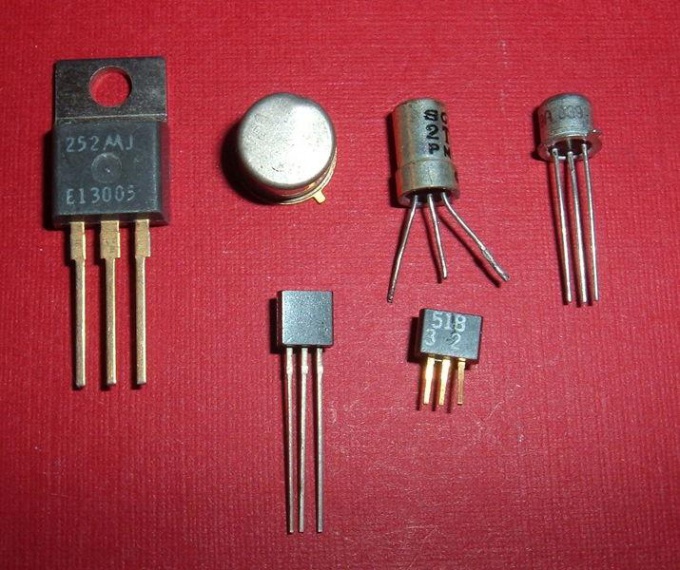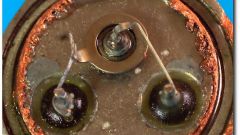You will need
- tester with built-in meter gain of the transistors, the conventional tester in ohmmeter mode or digital mode diode, but also a special circuit in the active mode.
Instruction
1
Need to know what transistors are divided into two types, depending on the alternation of layers with different conductivity. To measure the forward resistance of p-n-p (n-semiconductor with electronic conductivity, a p - semiconductor with hole conductivity) of the transition, the "minus" of the multimeter connect to the database, and the "plus" turns to the collector and the emitter. Then measure reverse resistance, by submitting to the base plus, and the emitter and collector - minus. Resistance n-p-n junction check the same, but change the polarity. The meaning of these actions is to test the transitions from the base to the collector and the emitter, they must prozvanivatsya only in one direction.
2
Such verification does not guarantee that the transistor is working properly, but based on the statistics, you can get a lot of confidence in his performance. Most often in case of failure of bipolar transistor or can sometimes be short-circuiting the terminals, or open circuit. If you want absolute certainty, you will have to check the transistor is in active mode.
3
To do this, collect a special scheme, as illustrated. The scheme is made on the basis of readily available three-piezo-emitter (used in phones). If the transistor is faulty, you will hear an acoustic signal. The advantages of this scheme is that it is easy to assemble, it can help to check any bipolar transistor of conductivity (by changing the polarity of the power source toggle switch SA1), and with all this, you will not be able to damage the transistor, even if you make a mistake with the power supply.













